The principle of mutual induction states that when a current passes through a conductor, it generates a magnetic field, and when that magnetic field changes, it induces a current in another conductor. The strength and orientation of the magnetic field relative to the second conductor determines the size of the current response in that conductor.
Here are some more details about mutual induction:
-
-
ExplanationWhen two coils are placed near each other, the magnetic field of one coil interacts with the other, causing voltage to develop in the second coil. The coil that produces the current is called the primary coil, and the coil that experiences the induced EMF is called the secondary coil.
-
-
ApplicationsThe principle of mutual induction is used in many devices, including transformers, generators, and motors.
-
DisadvantagesOne potential disadvantage of mutual inductance is that leakage from one coil can disrupt the operation of another coil. Electrical screening can help reduce leakage.

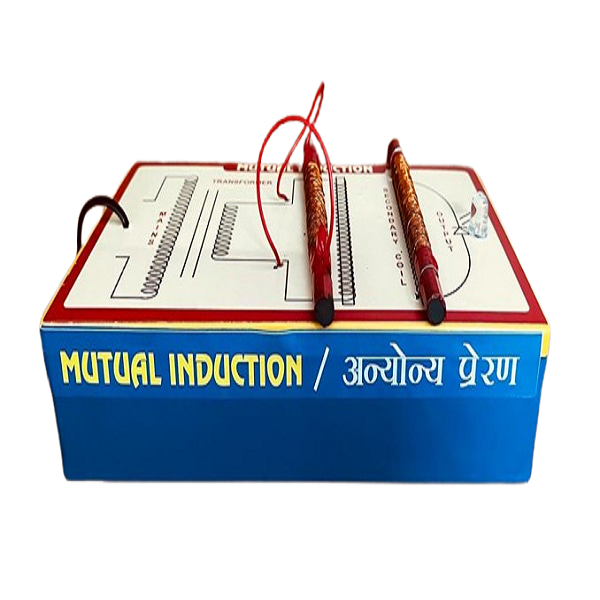
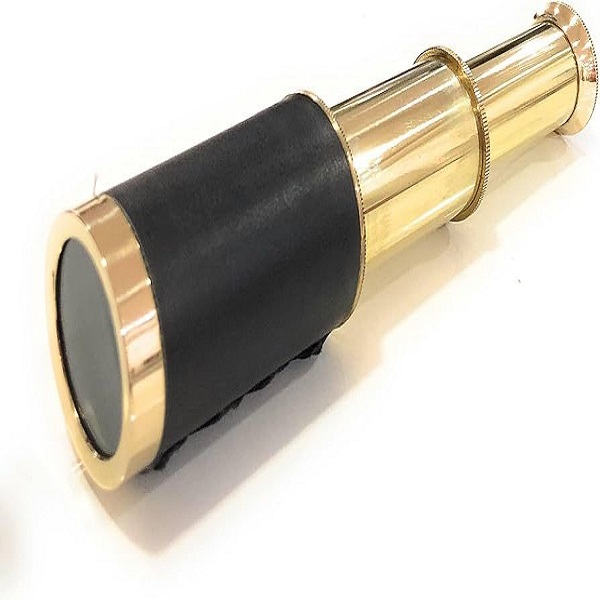
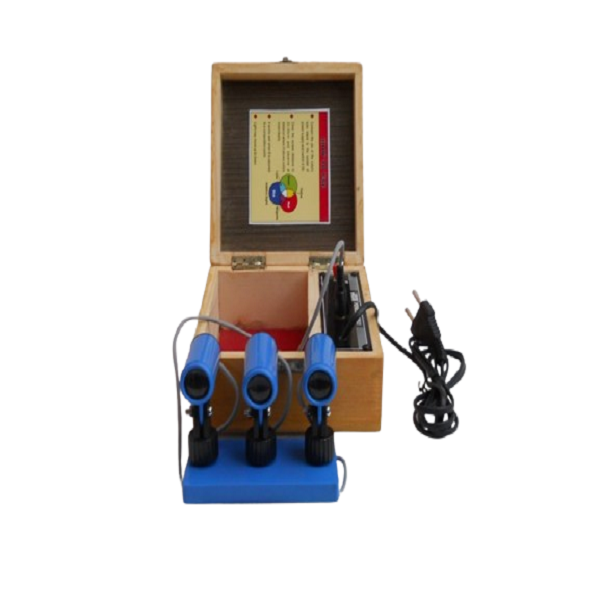
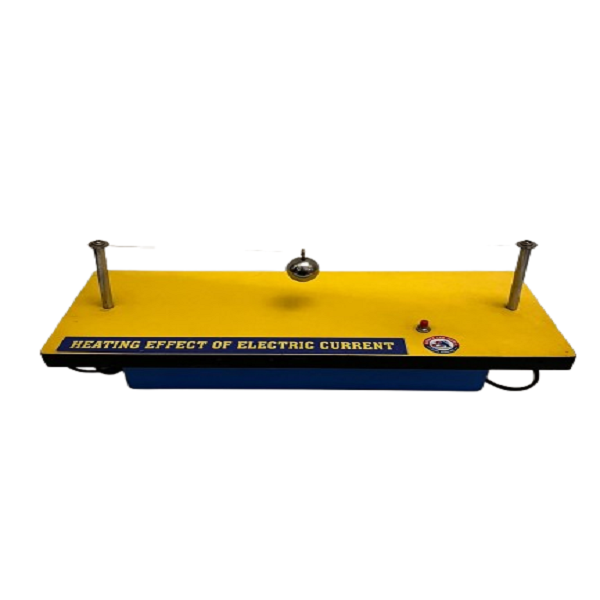
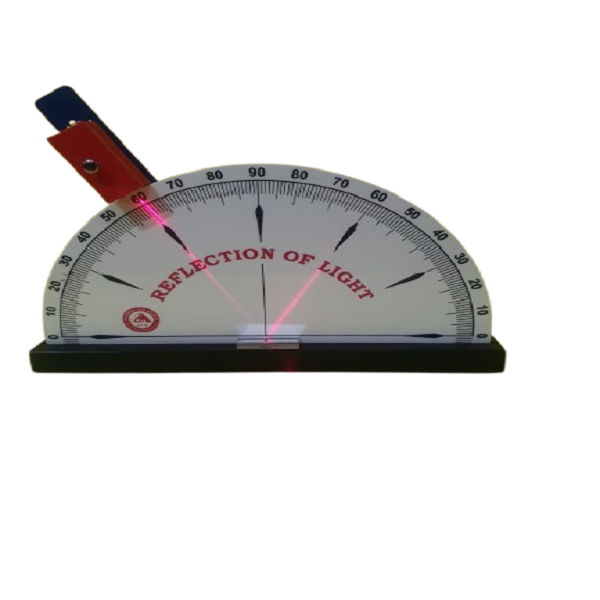
There are no reviews yet.